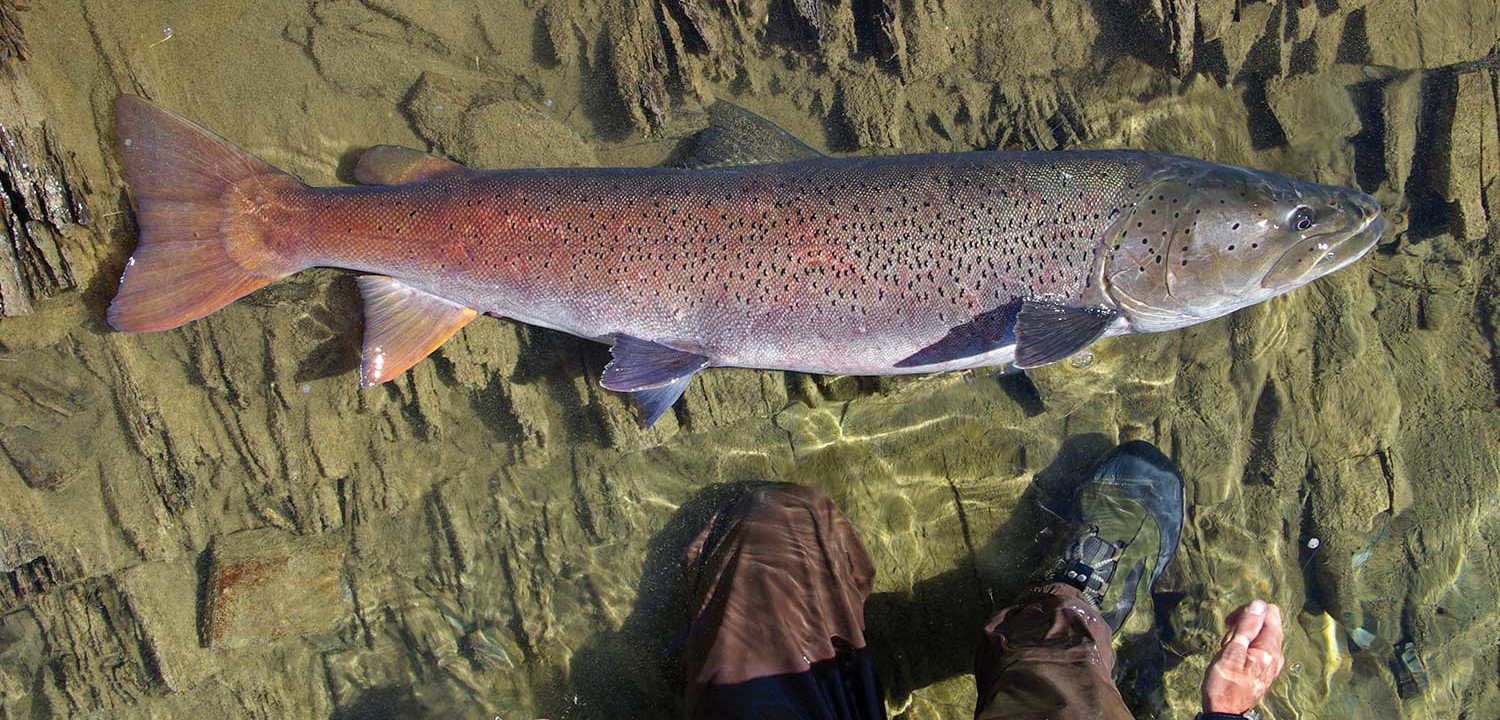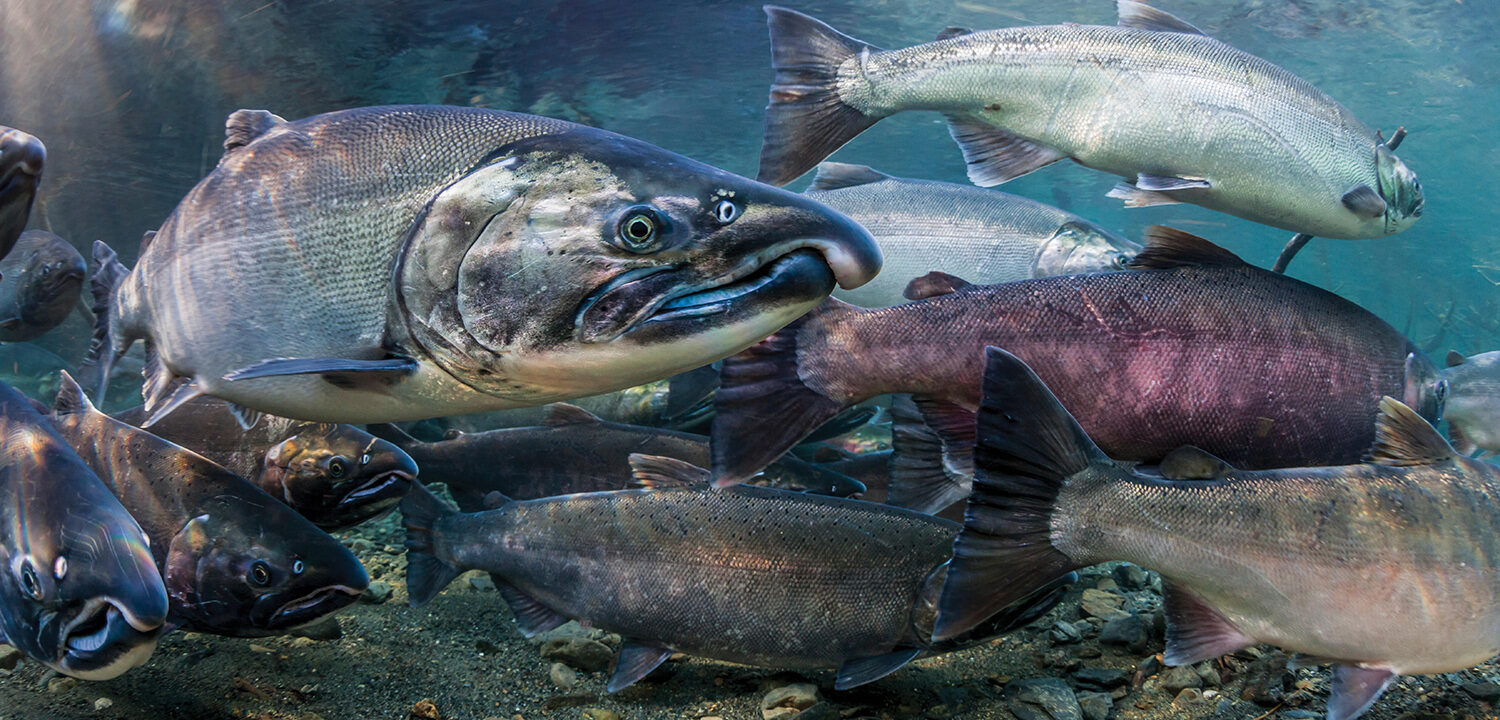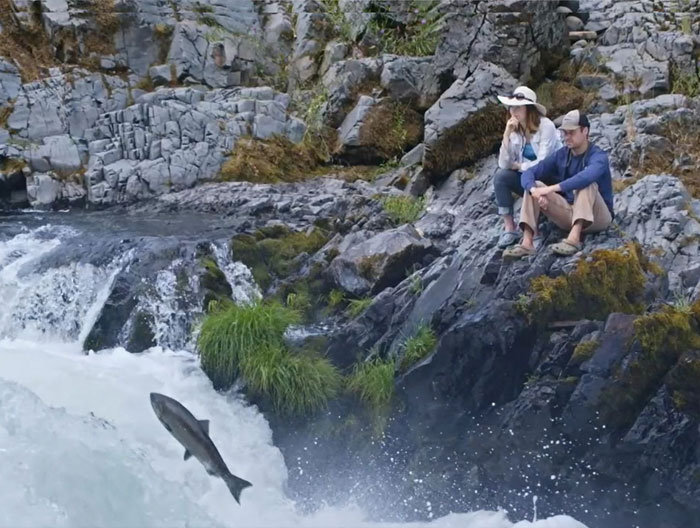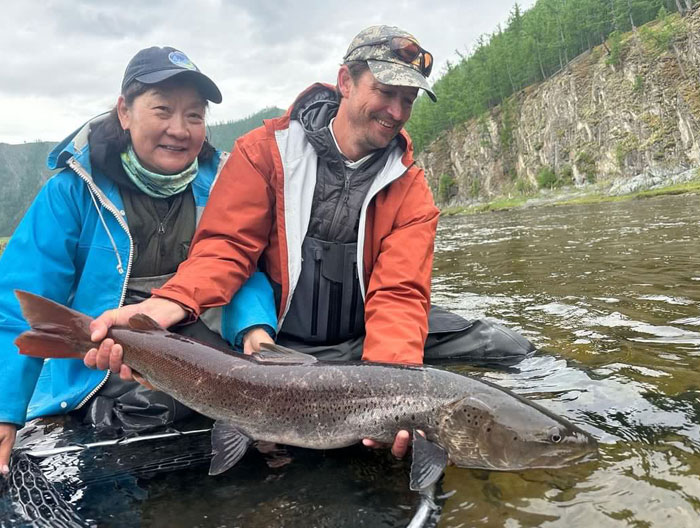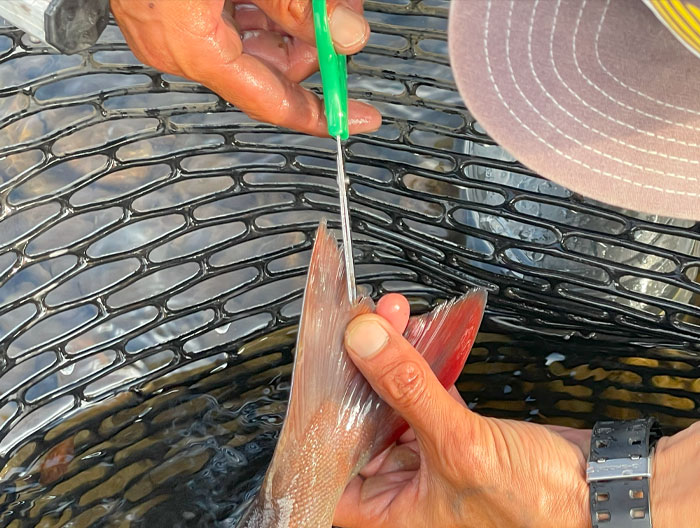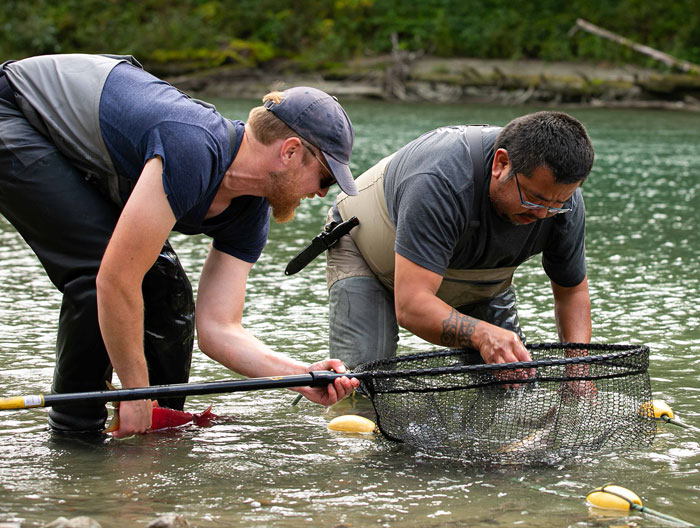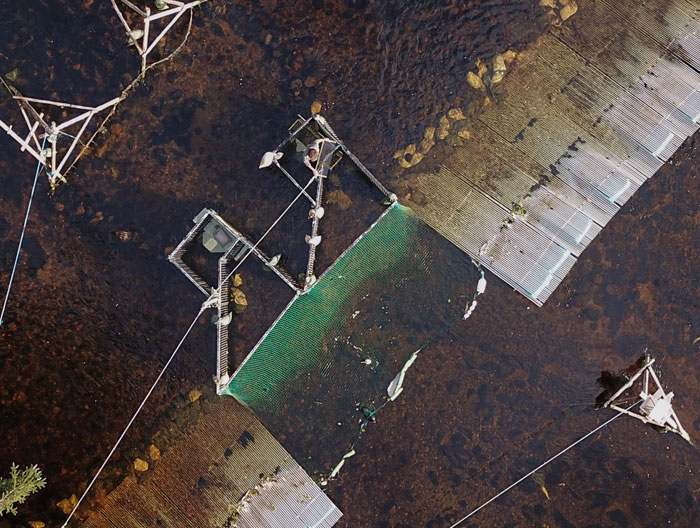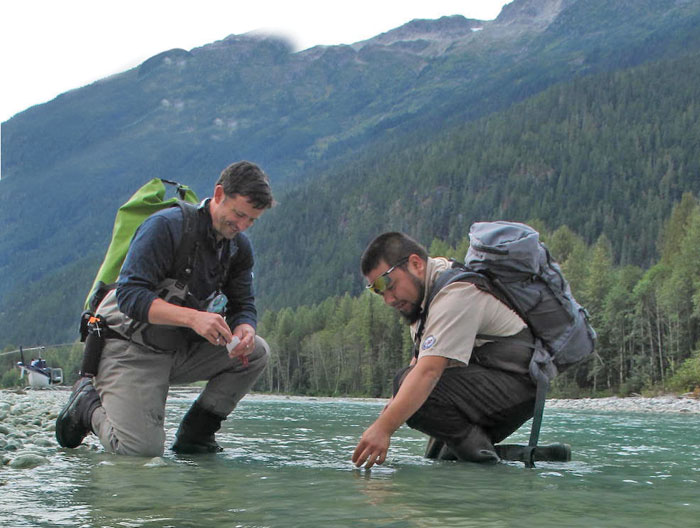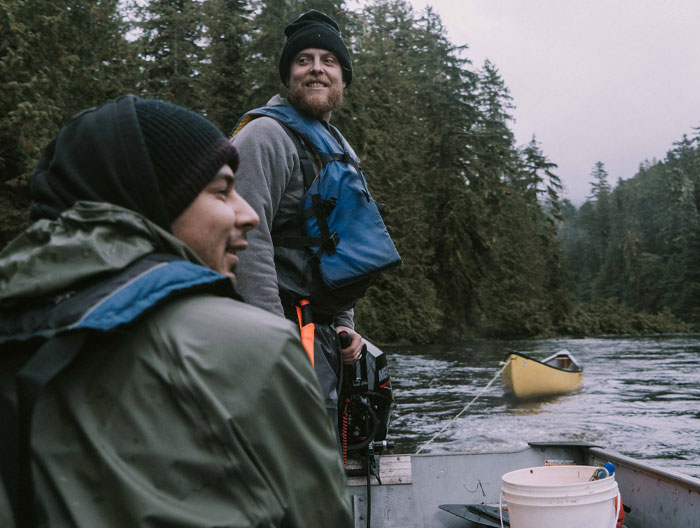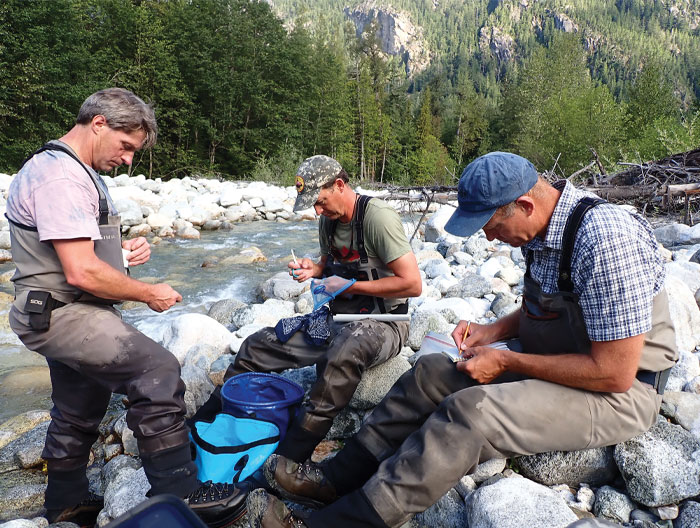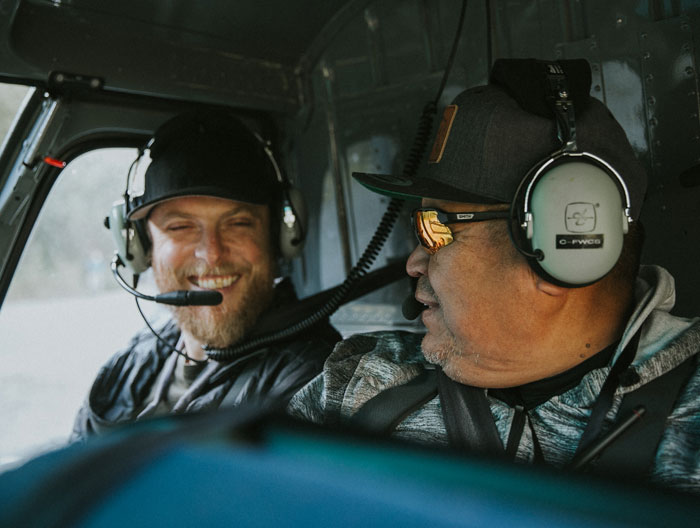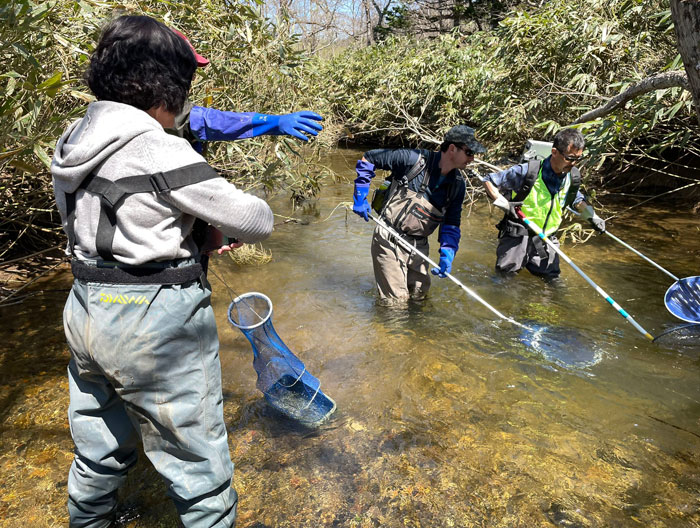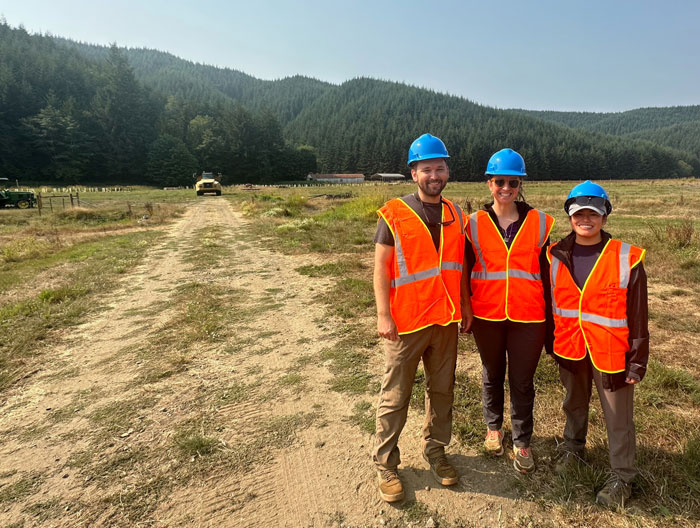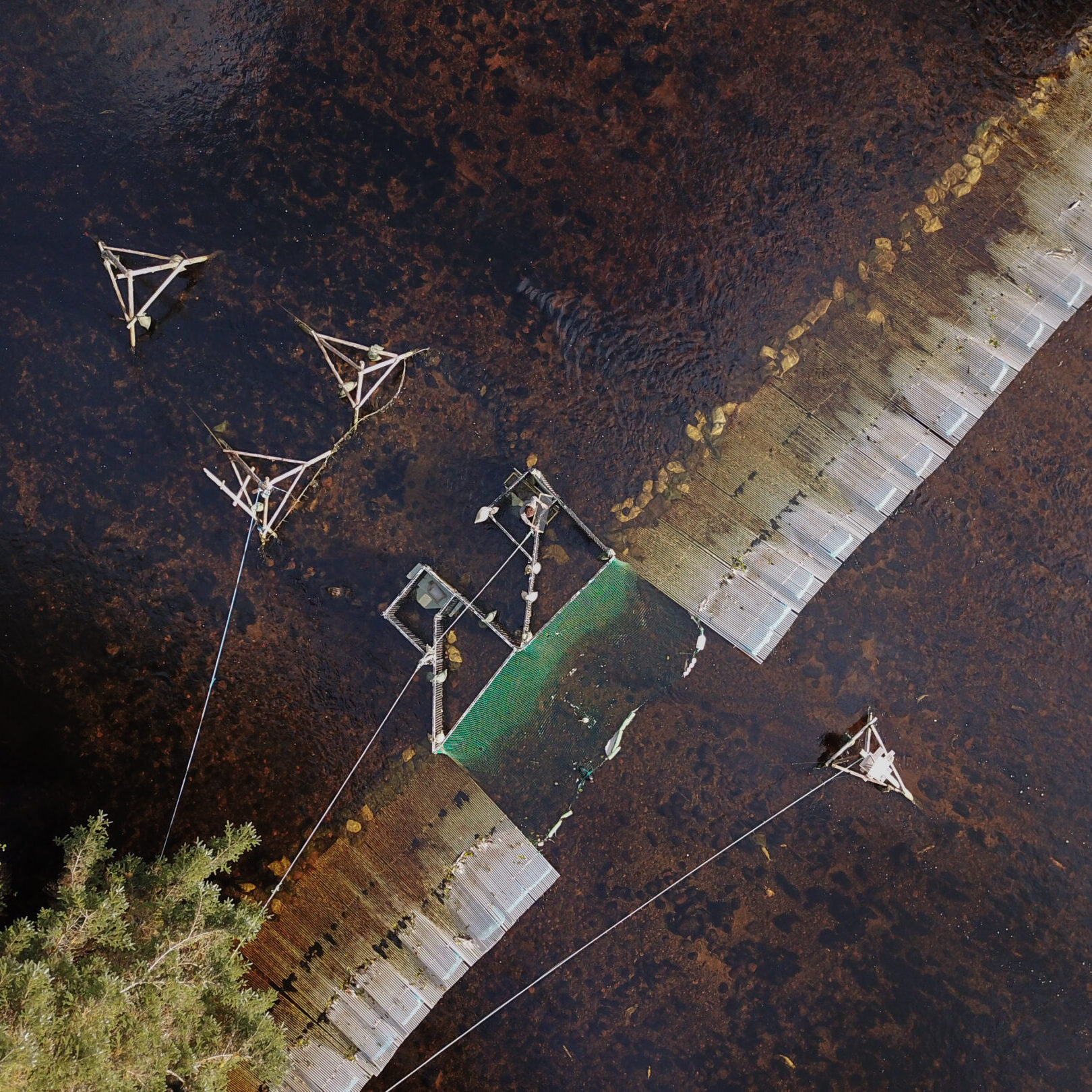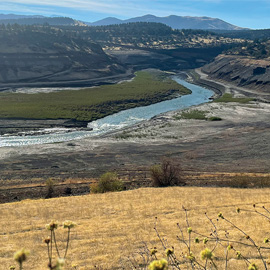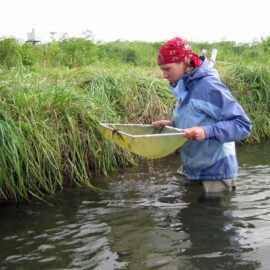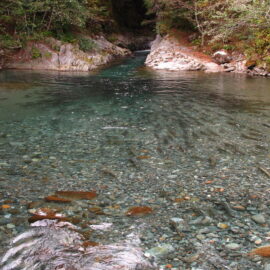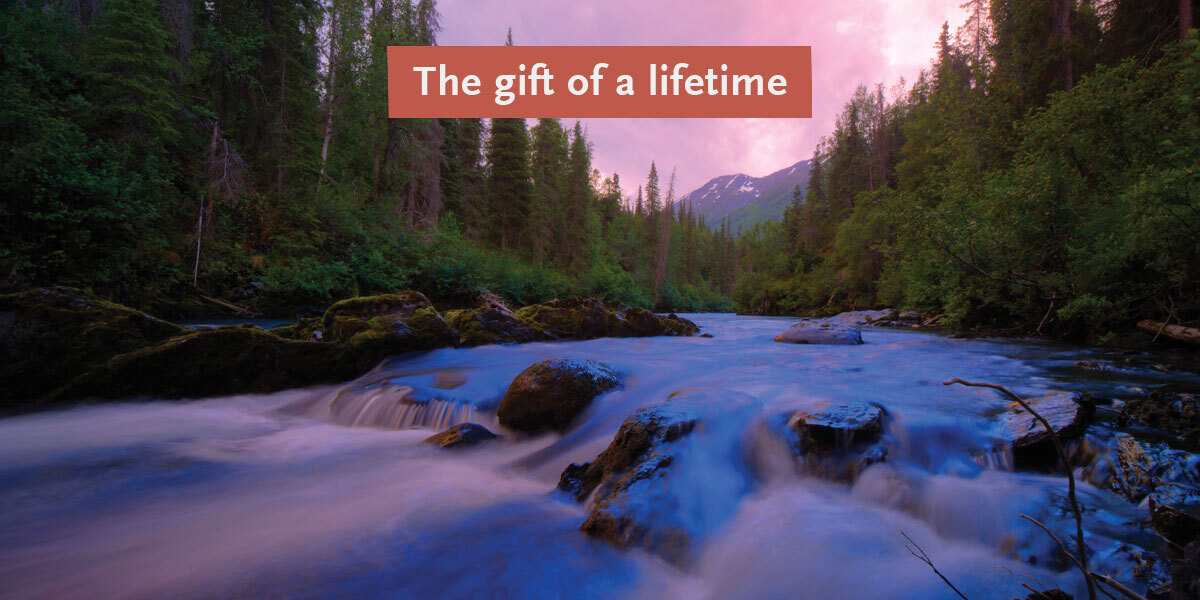Our Science program conducts research and draws together the best available information, so that we and our partners can best conserve and sustainably use the North Pacific’s wild salmon ecosystems. We take a networked approach to science, collaborating with scientists, institutions, nonprofit partners, and citizens around the Pacific Rim. Learn more about our Science Advisory Board, latest science initiatives, and access our most recent publications.
Strongholds for Pacific salmon: a proactive conservative strategy
For the past 25 years, Wild Salmon Center scientists and our partners have refined our uniquely proactive approach to salmon conservation in rivers across the North Pacific. Our approach, the “stronghold strategy,” aims to proactively protect the world’s greatest remaining “strongholds“—a select group of salmon, steelhead, and trout systems that collectively comprise 119 distinct watersheds.
In 2025, we shared the multidecadal impacts of this work via a peer-reviewed study in the journal Fisheries. This study provides multiple case studies that illustrate the stronghold strategy in action. In Oregon, following the WSC-led strategic expansion of coastal “wild fish zones” to ensure greater biodiversity, NOAA Fisheries noted an increase in coho salmon population diversity. Another case study tracks the 2006 designation of Russia’s Kol watershed as the first World Heritage Site dedicated to salmon, as led by WSC and a coalition of Russian partners. The Kol’s whole-watershed protections became permanent in 2015, and have inspired the creation of nine additional large-scale protected areas for wild salmon across the Russian Far East.
Over the last three decades, Wild Salmon Center and a network of partners have protected 35.7 million acres of overall habitat and prioritized wild fish biodiversity in 89 rivers across the North Pacific.
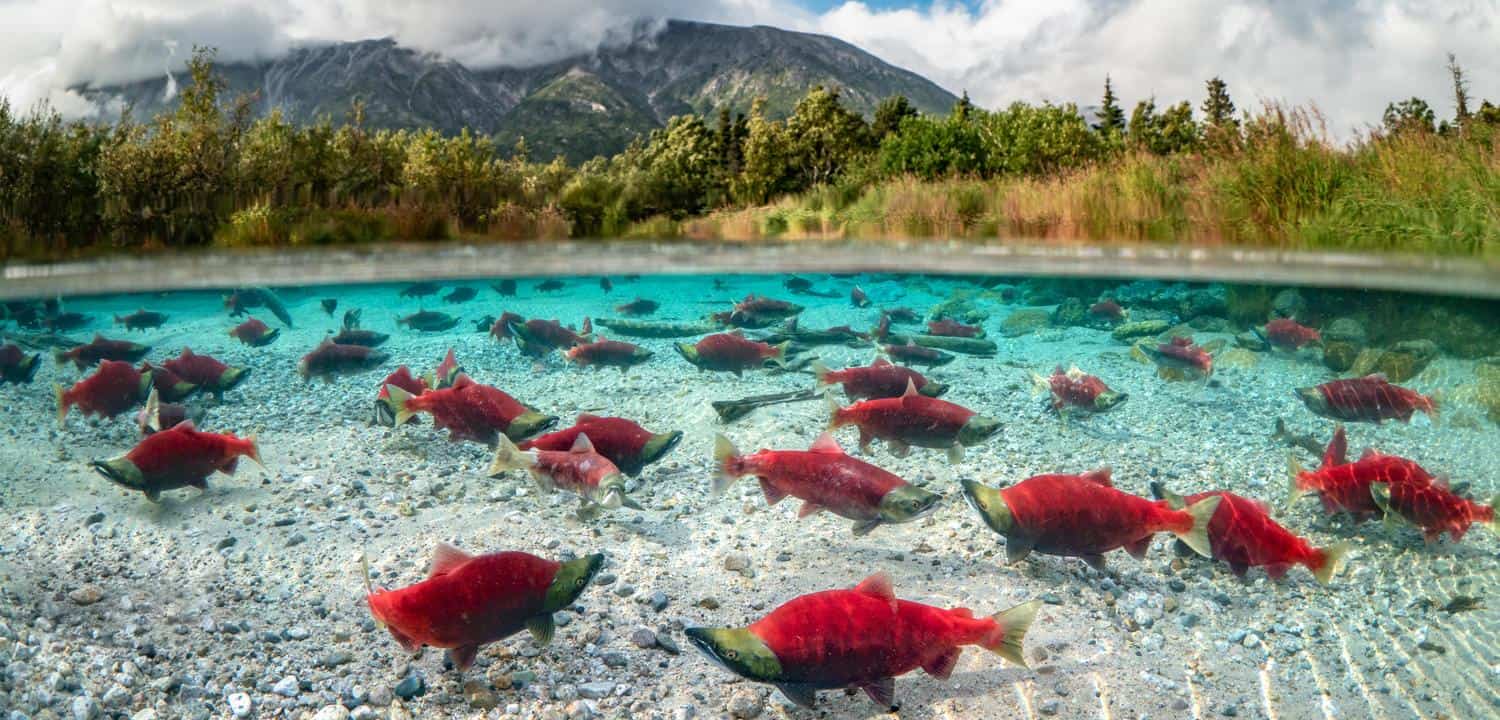
Pacific salmon ecosystems in a changing climate
Science is proving that salmon strongholds are a key front in the fight against climate change. Our Resilience Framework is a foundational tool for salmon conservationists to better understand local risks and opportunities and identify strategic restoration actions in their communities. Wild Salmon Center and partners are working to understand how climate-induced change – such as wildfire, drought, and flooding – are impacting Pacific salmon ecosystems. We are just beginning to understand how different salmon ecosystems respond to disturbance, and to identify physical and biological features of salmon ecosystems that can buffer against the effects of climate-induced disturbance.
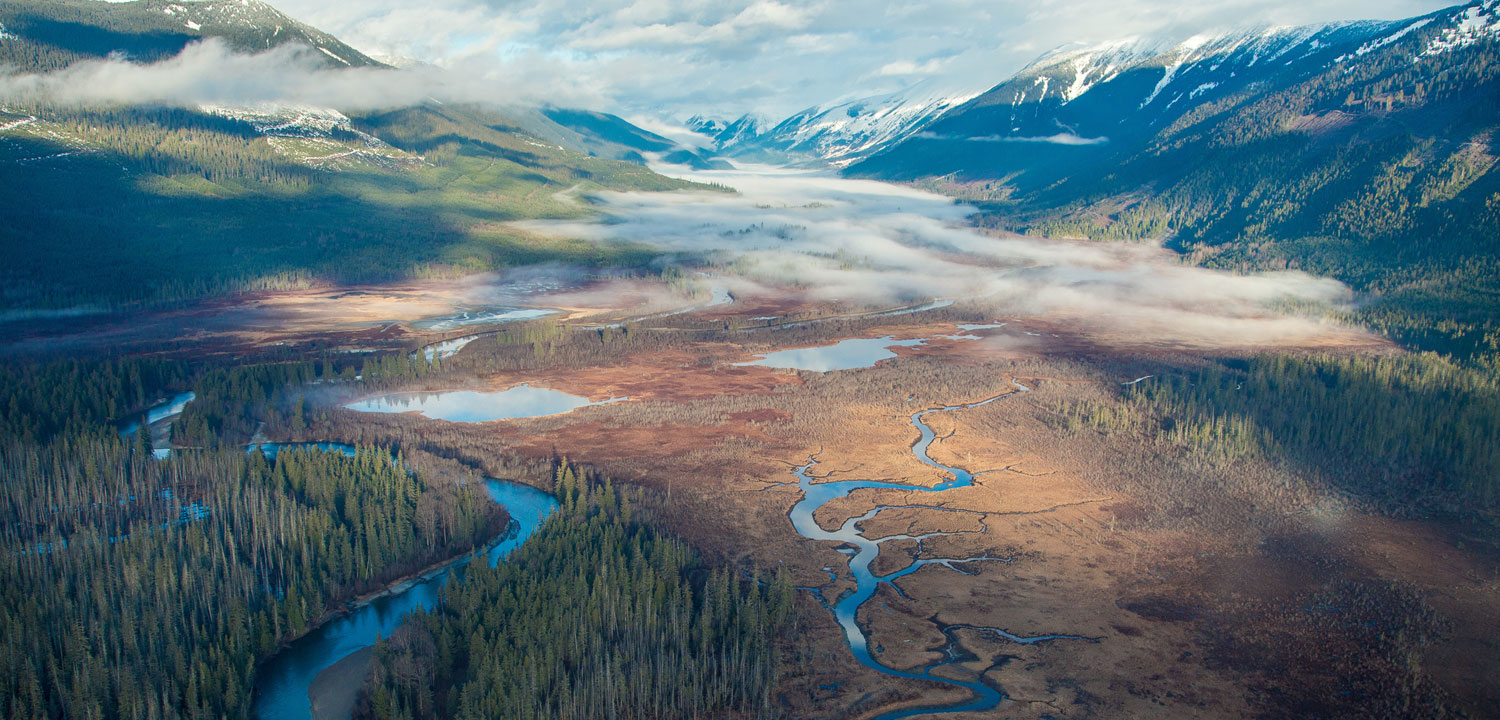
Pacific salmon life history diversity and population resiliency
WSC is working with partners in Russia, Canada, and the United States to understand the incredible diversity of Pacific salmon life histories – those unique development and migration patterns that vary across populations and places. Protecting life history diversity is known to be important for sustaining Pacific salmon populations through challenges such as industrial development, climate change, and natural environmental variation. We are working with our partners to understand how genetic, demographic, and environmental processes create diversity within and between salmon populations, so that these key processes can be protected.
Learn more about our work on elevating spring Chinook, decoding BC sockeye, and protecting steelhead across their range.
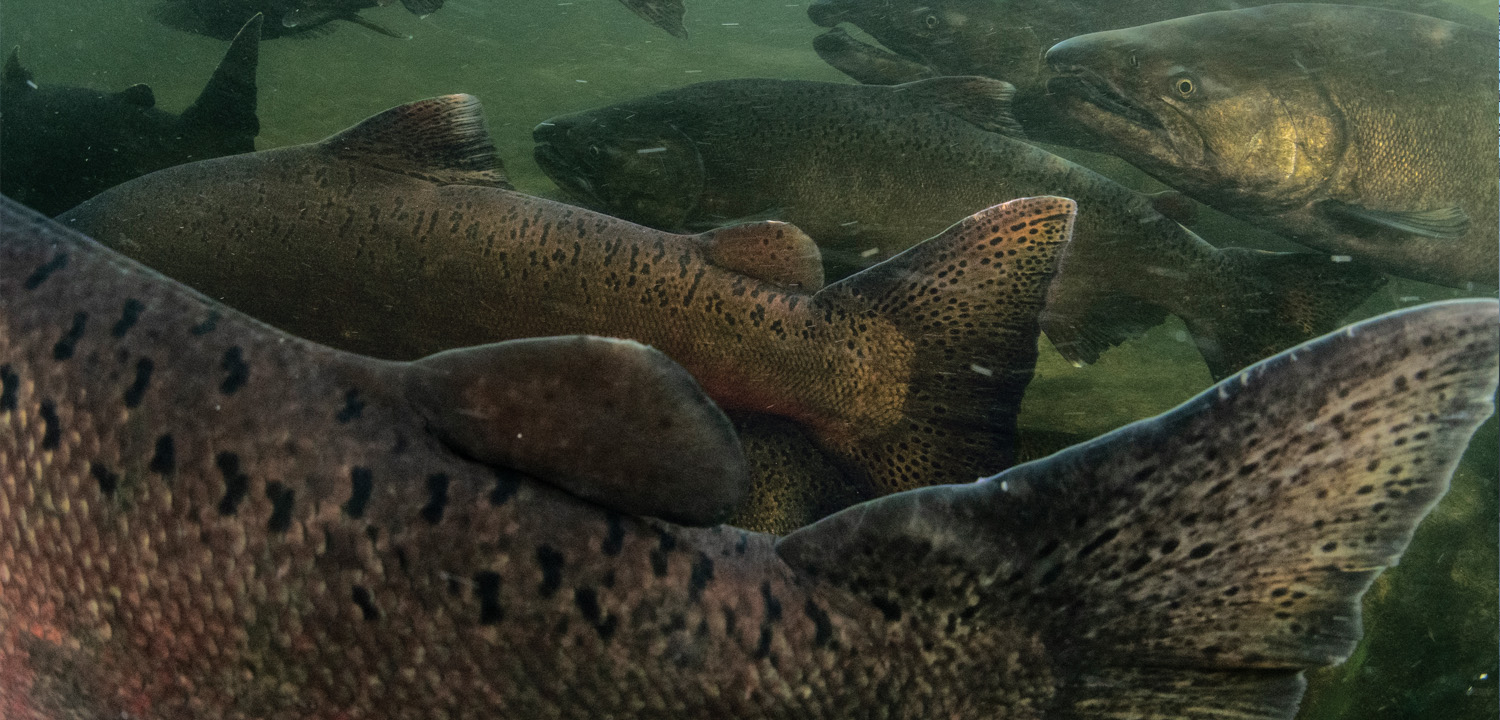
Taimen conservation
WSC is working with partners in Japan, the Russian Far East, and Mongolia for the conservation of taimen, a group of species that are among the largest and most endangered salmonids in the world. These research efforts are focused on three separate areas:
- Understanding extinction risk and describing ecological and genetic differences among groups of key river populations within their natural range.
- Describing migration and life history patterns.
- Carrying out river expeditions to identify key habitats (particularly spawning habitat) and developing methods to estimate adult population abundance to provide a baseline for our conservation work.
Learn more about Siberian and Sakhalin taimen and our latest collaboration in Mongolia and across their range.
